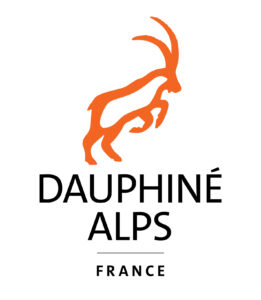31Views 0Comments

Rewilding Europe welcomes the Dauphiné Alps as its eleventh rewilding landscape
Located in southeast France, the spectacular Dauphiné Alps are the latest addition to Rewilding Europe’s growing rewilding landscape portfolio. In collaboration with a broad coalition of local partners, rewilding efforts will build on the remarkable recovery of wild nature here, further enhancing biodiversity and delivering wide-ranging benefits for people and climate.
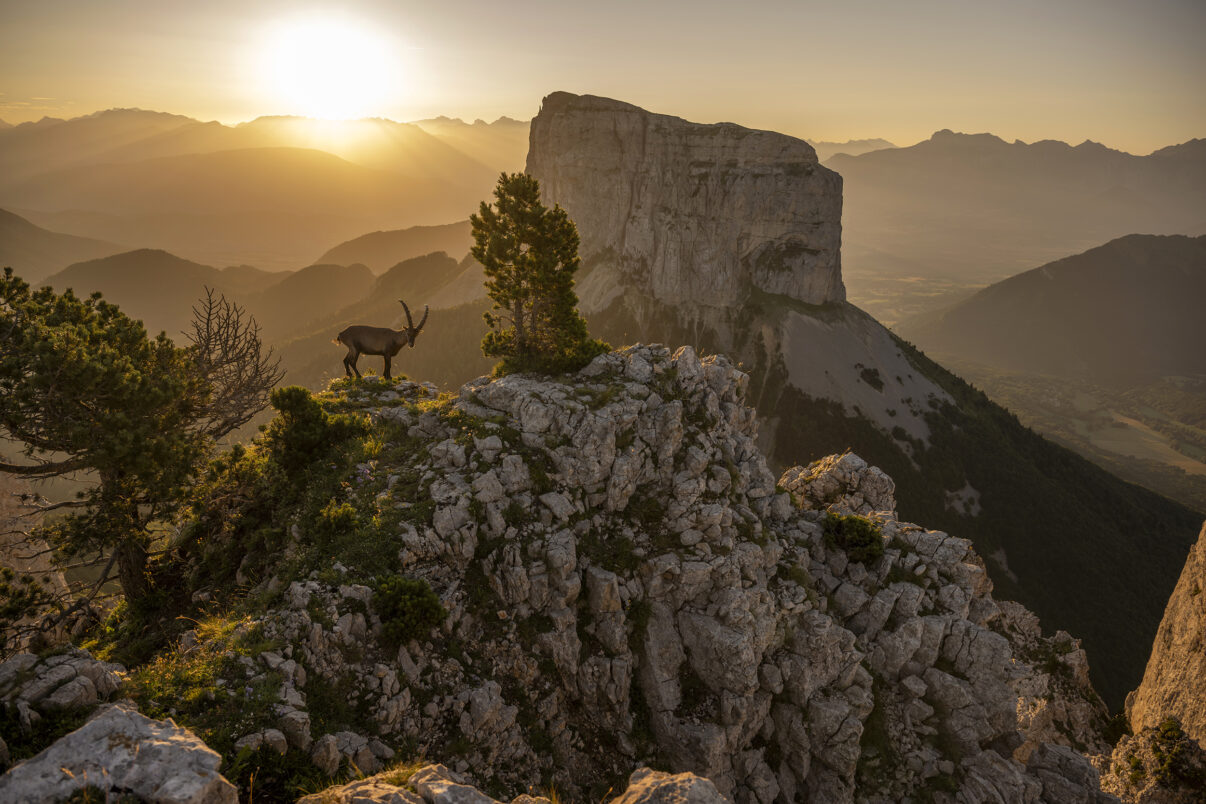
Luca Melcarne
An exciting addition
Following three years of dialogue and co-creation, Rewilding Europe is thrilled to announce the Dauphiné Alps in southeast France as its eleventh rewilding landscape. This preparation phase brought together multiple stakeholders and partners to discuss the opportunity and need to work with nature to address challenges such as climate change and local rural development, and explore shared goals. Covering approximately 480,000 hectares between the cities of Grenoble, Montélimar, and Gap, it is the largest rewilding initiative in France to date.
“After years of preparations and building a strong relationship with Rewilding France, our partner organisation in France, we are hugely excited to add the Dauphiné Alps to our portfolio of rewilding landscapes,” says Frans Schepers, Rewilding Europe’s Executive Director. “Starting off an ambitious and long-term rewilding initiative in France has always been our dream, and now it is starting to happen.”
Developing a French rewilding showcase
The dramatic Dauphiné Alps are characterised by diverse habitats, with vast swathes of forest and semi-wooded shrubland, as well as alpine meadows, numerous cliffs, and some of the most important braided river sections in France. Their rich natural heritage is entwined with a cultural history shaped by generations of farmers and rural communities. The rewilding landscape encompasses several iconic protected areas, such as the renowned Vercors and Baronnies provençales regional natural parks, and is home to iconic wildlife species such as wolves, vultures, and Alpine ibex.
Initial rewilding actions in the landscape, which will be led by Rewilding France, will focus on protecting and rewilding forests, rewilding rivers, and boosting natural grazing through the reintroduction of semi-wild horses and bovines on land that is no longer used for agriculture. Giving more space and freedom to nature will enhance the natural value of the landscape – boosting biodiversity at scale, delivering tangible socio-economic benefits to local communities, and reducing the impact and scale of climate change.
“Rewilding France will work with local people and partners to restore natural processes in the landscape, according to rewilding principles, with the goal of making the area a flagship for rewilding in France and Europe,” says Rewilding France Director Olivier Raynaud, who will lead the Dauphiné Alps rewilding team.
“Rewilding France will work with local people and partners to restore natural processes in the landscape, according to rewilding principles, with the goal of making the area a flagship for rewilding in France and Europe.”

Olivier Raynaud
Rewilding France Director
Building on the remarkable recovery of wild nature
Like many areas in France and across Europe, many people have left the Dauphiné Alps since the nineteenth century, looking for better opportunities elsewhere. While some valley farming continues, hillsides have been largely given back to nature and wildlife has made a spectacular comeback.
The Dauphiné Alps now host thriving populations of red and roe deer, wild boar, chamois, Alpine ibex, wolves, otters, four vulture species, beavers, and marmots. Rewilding efforts will work to support and scale up the natural resurgence that has taken place over recent decades, with a revitalised circle of life comprising diverse and abundant populations of herbivores, predators, and scavengers. Through dialogue and shared decision-making, Rewilding France aims to enhance co-existence with all wildlife in the landscape, with a focus on ungulates (deer and wild boar), carnivores (wolves), and aquatic mammals (otters and beavers).
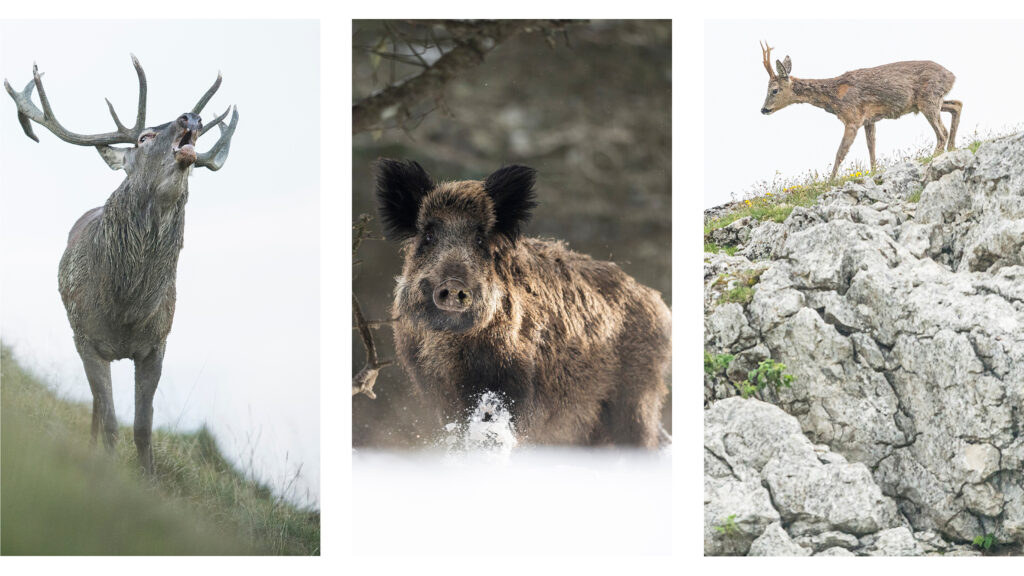
Luca Melcarne
Enhancing climate resilience
Rewilding efforts will also see the Dauphiné Alps become a more climate-resilient landscape. Today, mixed-forest mosaics cover most of the landscape, but are under pressure from climate change. The area also boasts some well-preserved river stretches – including now rare braided systems on the Drôme, Eygues, and Buech rivers – yet these are suffering from increasingly intense and long heatwaves and droughts.
Closer-to-nature forest management will result in more diverse stands of older and bigger trees, with much higher volumes of standing and fallen deadwood, and enhanced wildlife populations. Natural grazing with rewilded horses and bovines will be widely adopted to maintain and restore biodiversity-rich, wildfire-resistant habitat mosaics. These will form the watersheds for free-flowing, wilder rivers, connected with their floodplains.
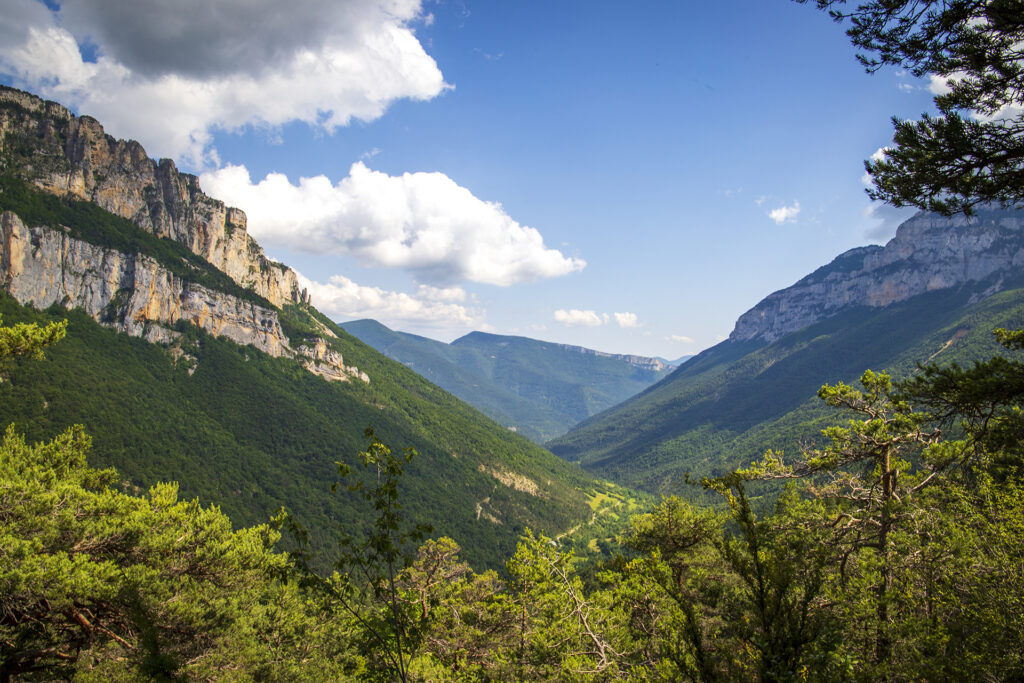
Nelleke de Weerd
People-positive impact
With its spectacular snowy peaks, limestone cliffs and gorges, and recovering wildlife populations, the Dauphiné Alps is already an attractive destination for nature-based tourism, as well as for residents looking to reconnect with wild nature.
Continuing to engage and work closely with local stakeholders will be essential to the long-term success of rewilding efforts in the Dauphiné Alps. Underpinned by nature recovery, collaboration with rewilding-aligned entrepreneurs, forest owners, farmers, and other landowners and managers will enable the rewilding team to develop a stronger, sustainable nature-based economy that supports further rewilding, creates new jobs and income, and enables people to stay in and return to the landscape.
“Rewilding creates healthier landscapes that enhance well-being and provide new economic opportunities,” says Olivier Raynaud. “Through our efforts, rewilding will offer a more hopeful future for everyone living in and around the landscape, as well as the wild nature here.”
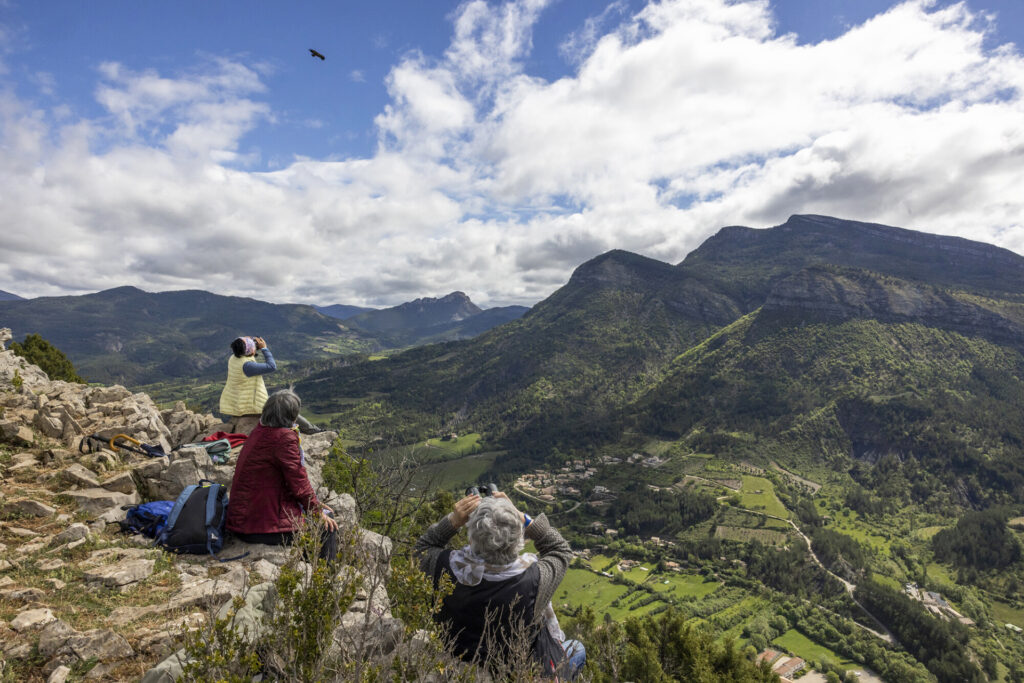
Emmanuel Rondeau
Scaling up rewilding
Through an agile, pan-European network of partner organisations and highly experienced rewilding teams, Rewilding Europe is continually scaling up its own rewilding efforts, and inspiring and enabling others to do the same. Our ambition is to reach 500,000 hectares of land and water under direct rewilding management across 15 rewilding landscapes by 2030. This will amplify the wide range of benefits that Europe’s amazing wild nature delivers to Europeans – from clean air and carbon storage, to jobs, income, and enhanced health and well-being.
Rewilding France’s work in the Dauphiné Alps is supported by a range of highly valued partners. We would particularly like to thank Arcadia, Cartier for Nature, Fondation Alpes Sauvages, Fondation Lemarchand, the Ecological Restoration Fund, WWF-Netherlands, OAK Foundation and the Dutch Postcode Lottery.
Want to know more?


